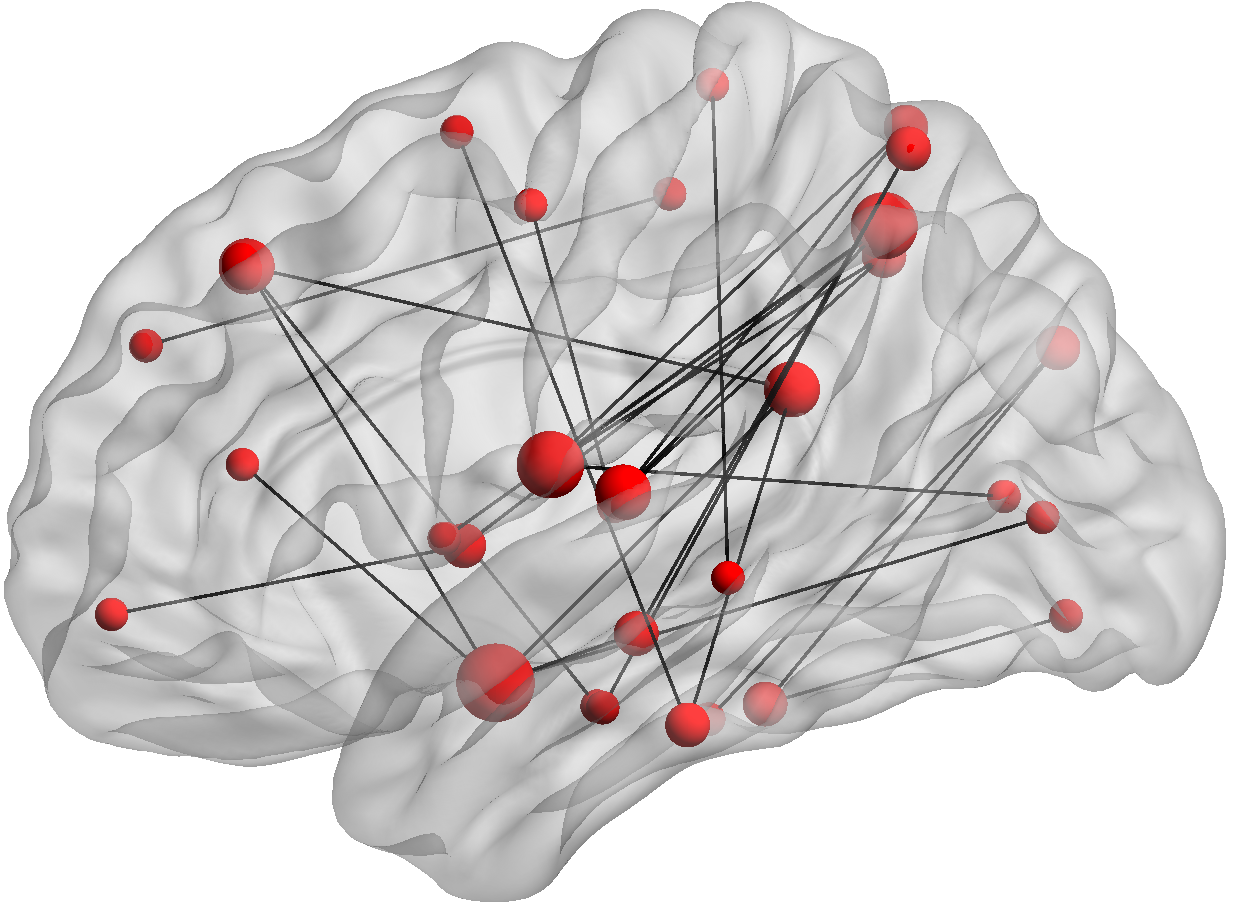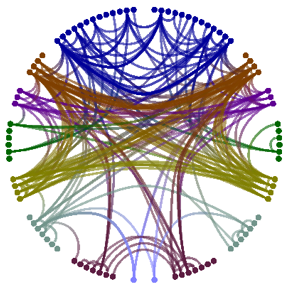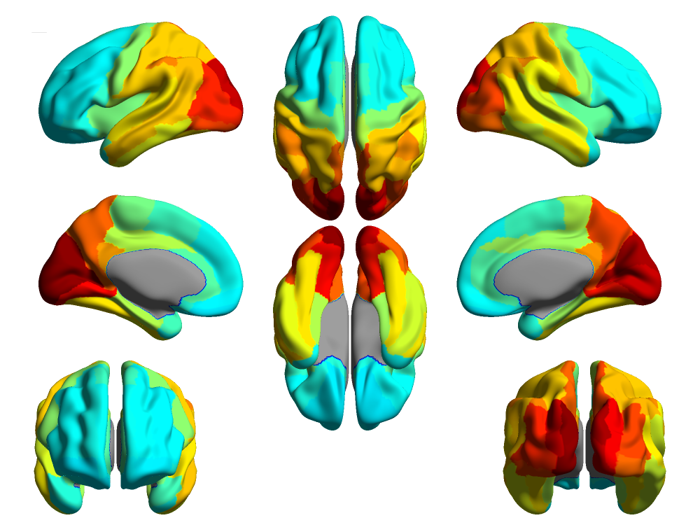
Computational Neuroscience
Cognition and behaviour emerge from the dynamic coordination of multiple neuronal groups working in concert. One way the brain achieves orchestration of brain areas is through neural oscillations – rhythmic changes in brain activity that provide the temporal structure for information processing in brain networks. Our lab studies these phenomena using Magnetoencephalography (MEG) and computational modelling, in healthy and diseased brains.

AI in neuroimaging
Diagnosing mental illness can be a challenge – there are few readily identifiable structural brain abnormalities in many cases and complex multidimensional functional brain imaging data is difficult. For precision medicine and automated diagnoses, our lab is developing advanced machine learning algorithms to accurately and reliably identify the neurobiological dysfunction that underlies mental illness, including PTSD and brain injury.

Neuromodulation
An emergent area of research in the lab is in the use of neuromodulatory techniques (such as transcranial magnetic stimulation) to treat neuropsychiatric disease.
